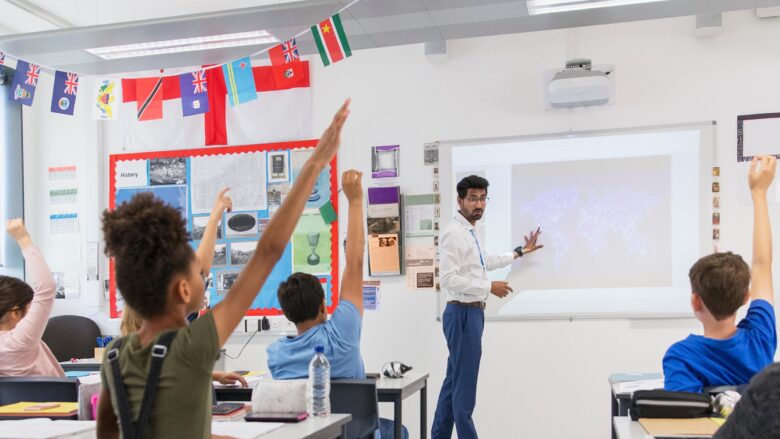Handling discipline issues are one of the most challenging things in academic institutions. But each discipline problem is individual, like every student, arising from a set of circumstances related to the student causing the problem. Therefore, it is important to understand the root of the issue in the institution to respond to the disciplinary problem. To know more about academic dismissals and disciplinary issues, click here.
Common Causes of Student Discipline Issues and How to Prevent Them
There are several causes of disciplinary issues in academic institutions. Some of the main causes are mentioned below.
Issues at home
Stress and issues at home are the major reasons students act differently in institutions. If students are neglected or abused at home, their anger can exceed the limit and lead them to act differently in the classroom. Sometimes parents divorcing also creates stress among students, and they act out in the classroom to deal with frustration and fear.
Perception
If a teacher does not like a student, does not protect them, or is supportive of them, the student might become a disciplinary problem in the classroom. Depression, lack of voice, and abandonment can affect students who feel like teachers do not care about them.

Sometimes, students have issues adjusting to a specific teaching style. Nowadays, teachers differentiate lesson plans to adjust to different types of learners. If the teachers can not reach the student, they can act out and shout down in class.
Disabilities
Some children have learning disabilities that can make them disruptive in class. Such disabilities can be classified from Attention Deficit Disorder to dyslexia and autism. Many students with learning issues need special education plans to teach their needs. Some students with learning disabilities stay on medication to help them focus.
Peers
Some students are bullied by their peers and prone to disciplinary issues in the classroom. Even though many students are bullied and become withdrawn in the classroom to stop calling attention to themselves, some students act out. Students who bully their classmates are often the ones abused at home, leading them to lash out at their classmates.
How to prevent disciplinary issues?
- Forming correct rules and expectations and ensuring students understand the consequences of breaking them.
- Provide fair and consistent discipline and make students understand that the rules apply to everyone around them.
- Monitoring the behavior of the students and paying attention to the problems, and addressing them quickly and fairly.
Conclusion

It is essential for students, teachers, and parents to be aware of the common causes of student discipline issues. Schools should strive to provide environments that are conducive to learning and growth, taking into consideration students’ individual needs and abilities. Whenever possible, educators should take preventive measures such as classroom management techniques, policies that foster respect and mutual understanding, appropriate feedback, and reward systems.
By raising awareness of the potential triggers for disciplinary problems in schools, educators can ensure a safe environment for their students and create a culture where respect and trust are paramount. Teachers can also lead by example by modeling positive behavior expectations, developing positive relationships with young people, engaging all members of the community in dialogue about school policies linked to discipline issues, and providing appropriate support for all students when it comes to managing their emotions and behaviors appropriately.

